How the Second Amendment Protects Your Right to Self-Defense
The Second Amendment is key in protecting the right to bear arms. It was ratified on December 15, 1791. It says, “A well regulated militia, being necessary to the security of a free state, the right of the people to keep and bear arms, shall not be infringed.” This shows how important it is to have guns for personal defense and freedom.
Over time, the Second Amendment has been debated a lot. In 2008, the Supreme Court ruled in District of Columbia v. Heller. They said people have the right to have guns for self-defense at home. This was a big win for recognizing the right to bear arms for safety.
In 2010, the case McDonald v. City of Chicago made things even clearer. It said that the Second Amendment protects us from local governments too. This shows how the Second Amendment is not just about safety. It’s also about keeping our American freedoms strong.
Understanding Your Right to Self-Defense
The right to self-defense is key to personal freedom in the United States. People have the legal right to defend themselves against threats. Each state has its own rules about self-defense, so it’s important to know them.
Defensive actions must be fair and only used when needed. This means they must match the danger level. In some places, you must try to avoid a fight before defending yourself.
Knowing these laws helps gun owners act responsibly. It ensures their actions are legal. Understanding self-defense laws helps people stay within the law while protecting themselves.
Defending yourself is more than just having a gun. It’s about knowing your legal rights. Knowing this helps people react correctly in emergencies. It promotes responsible gun use.
Resources like self-defense laws help explain these complex rules. They guide gun owners in their duties and rights.
The Historical Context of the Second Amendment
The Second Amendment was adopted in 1791 as part of the Bill of Rights. It is a key part of American history and individual rights. In colonial America, militias were crucial for defense. Armed citizens were seen as a defense against tyranny and threats.
The right to bear arms was supported by legal precedents. The English Bill of Rights of 1689 allowed Protestant subjects to have arms for defense. The Massachusetts Declaration of Rights of 1780 also stated that individuals could keep and bear arms for defense. These documents show that a well-regulated militia, backed by citizens, was key to freedom.
The Founding Fathers wanted to ensure citizens could protect themselves. During the Constitution ratification debates, James Madison highlighted the need for state militias. Several states wanted clear protections for arms-bearing rights. The Second Amendment initially stated, “The right of the people to keep and bear arms shall not be infringed,” showing a commitment to liberty.
District of Columbia v. Heller: A Landmark Case
In 2008, the case District of Columbia v. Heller changed how we see individual rights under the Second Amendment. The Supreme Court ruled that the Second Amendment protects our right to own a gun for self-defense, mainly at home. This decision challenged laws in the District of Columbia that banned handgun possession and limited how people could use firearms.
Dick Heller, the plaintiff, argued that these laws broke his rights. The case centered on three key parts of the District of Columbia’s Firearms Control Regulation Act from 1975. Before the Supreme Court’s decision, a higher court had overturned a lower court’s ruling. They said the ban on handguns went against the Second Amendment’s individual rights.
The Supreme Court voted 5-4 in favor of Heller. This decision not only changed laws in the District of Columbia but also set a national precedent. It made it clear that individuals have the right to bear arms, not just for militia service. District of Columbia v. Heller changed the gun rights and self-defense landscape.
To learn more about the impact of such decisions, check out the importance of individual rights and the Second Amendment.
The Relationship Between the Second Amendment and Self-Defense
The Second Amendment is a key part of American freedom. It lets people protect themselves with guns. The Supreme Court said in District of Columbia v. Heller that self-defense is a basic right. This means people can legally carry weapons for their safety.
In June 2020, a man in Michigan used a gun during a fight. This shows how important self-defense is. It also makes us think about gun laws and if they work.
Courts say the right to bear arms goes beyond homes. But the Supreme Court hasn’t said when this right is okay. Now, places are calling themselves “Second Amendment sanctuaries” to show they don’t agree with some gun laws. This debate is about freedom versus safety.
Understanding self-defense laws is tricky. It’s about knowing what’s a real threat. For more on this, check out this link.
Interpreting Gun Laws in Light of the Second Amendment
The way gun laws are seen in the U.S. is closely tied to the Second Amendment. Courts often struggle to balance personal gun rights with public safety. They look closely at laws about selling, owning, and using guns to make sure they respect constitutional rights.
For a long time, experts thought the Second Amendment didn’t protect individual gun rights. But, in 2008, the U.S. Supreme Court changed this view in District of Columbia v. Heller. This decision was a big step, saying people have the right to own guns, not just for militia service.
After Heller, courts had to deal with many challenges to gun laws. Even though they couldn’t always overturn these laws, Heller set a new standard. The Supreme Court has since shown a stronger support for gun rights, as seen in cases like New York State Rifle & Pistol Association Inc. v. Bruen. This shows a shift towards protecting gun ownership more than before.
Landmark Cases Shaping Gun Rights in the U.S.
Several key Supreme Court cases have greatly influenced gun rights history in the United States. One pivotal case, District of Columbia v. Heller, established the individual’s right to possess firearms for self-defense within the home. This ruling shifted the interpretation of the Second Amendment away from its collective militia context towards individual rights. Following this landmark decision, McDonald v. City of Chicago reinforced this interpretation by incorporating the Second Amendment to apply to state and local governments, allowing individuals the right to possess handguns for self-defense.
Also, cases such as United States v. Miller highlighted the importance of the militia’s efficiency related to firearm possession. The ruling clarified that not all weapons are afforded protection under the Second Amendment. Recently, New York State Rifle & Pistol Association, Inc. v. Bruen further advanced the conversation by asserting the right to carry pistols openly in public spaces. This ruling has prompted significant legal scrutiny, with over 450 decisions analyzing its implications for gun laws, reflecting an evolving landscape of legal precedents.
The aftermath of Bruen showcases a trend towards strengthening individual gun rights, influencing thousands of cases across various jurisdictions. Despite a noticeable increase in challenges to restrictive laws, courts have upheld many existing gun laws. Approximately 88% of cases post-Bruen have found that state regulations align with constitutional rights. A considerable majority of those rulings originated from judges appointed by a Republican president, underscoring the political dimensions linked to these legal discussions.
The Debate on Gun Ownership and Public Safety
The debate on gun ownership is complex. It balances personal rights with public safety. Those who support gun rights say it’s key for self-defense and freedom. They believe law-abiding citizens should have guns without too many rules.
But, there are concerns about gun violence. The Gun Violence Archive reports over thirty-nine thousand firearm-related deaths from January to November 2023. Most were suicides or homicides. This shows the need for careful talks about gun laws.
Those who worry about gun violence want stricter rules. A 2023 Gallup poll found 56% of Americans want tighter gun laws. This shows many people want to reduce gun violence. Yet, the debate also touches on cultural views of guns and how laws have shaped these views.
The debate is not just about numbers. It’s about whether gun laws can make communities safer. Laws aimed at gun ownership can respect personal freedoms while keeping communities safe. It’s crucial to have respectful talks about guns, balancing rights and safety.
State-Level Legislation and Gun Rights
Gun rights in the United States are shaped by state laws. These laws show how different regions view firearms. For example, while forty-four states protect the right to bear arms, others like California and New York have stricter rules.
In the 1800s, some states allowed their legislatures to limit gun rights. Since the 1970s, many have added protections for gun owners. Recently, states like Alabama and Iowa have updated their laws.
State courts are key in understanding these laws. They often reject extreme views on gun rights. This could change as cases about disarming domestic abusers make their way to court.
Firearm laws in states are often less strict than federal rules. While some states require permits, others don’t. Laws also vary on what types of guns are allowed and how many bullets they can hold.

Knowing the local gun laws is vital for gun owners. These laws affect what you can and can’t do with your firearms. The changing gun laws show how important state laws are in the US. For more information, check out this resource on shooting organizations and gun.
Gun Rights and Community Safety: A Complex Relationship
In the United States, owning guns is a complex issue tied to community safety. Many believe that having more guns can help keep people safe and stop crime. But, studies often show that more guns can lead to more gun violence. For example, gun deaths went up from 31,593 in 2008 to 45,247 in 2022, showing a big concern for safety everywhere.
In rural areas, where many people own guns, there are special challenges. Accidental shootings and guns getting into the wrong hands are big worries. For instance, 67% of gun owners say they own guns for protection. This shows a desire for safety that sometimes clashes with efforts to prevent violence. In 2022, 6,000 kids died from gun violence, making it clear we need to talk about gun safety more.
Even though some people think guns are necessary for safety, most Americans want to prevent violence. A Pew Research Center poll showed 53% of people think we should control gun ownership more than protect the right to own guns. This shows a big debate on what laws we need to keep everyone safe.
Mass shootings have gone up a lot, from 253 in 2013 to 647 in 2022. This makes it hard for communities to balance gun rights with the need to stop violence. We need to keep talking and finding ways to solve these problems.
If you want to learn more about this issue, check out a report by the Pew Research Center on America’s complex relationship with guns. Understanding these issues is key to making our communities safer while still respecting gun rights.
Challenges to Gun Rights: Legal and Social Perspectives
Gun rights supporters face tough times due to legal fights and changing public opinions. The debate over gun laws shows the struggle between personal freedom and public safety. Recent court cases, like those against New York’s gun law, could lead to more rights for carrying guns outside the home.
Public feelings about guns change often, influenced by big gun violence events. After events like the Buffalo, New York, shooting, calls for tighter gun laws grow. But, making big changes is hard. Justice Clarence Thomas has said he supports more challenges to gun laws, which could change how courts see the Second Amendment.
Experts say laws like the Protection of Lawful Commerce in Arms Act help reduce gun violence. The history of gun laws is complex, with key decisions like District of Columbia v. Heller shaping today’s laws. As states pass laws that limit local gun rules, cities facing more violence might need stricter laws to stay safe.
The Future of the Second Amendment in American Society
Views on guns are changing, making the Second Amendment a big topic in America. Legal battles and public talks will shape how we see gun laws. Cases like District of Columbia v. Heller and McDonald v. City of Chicago have changed how we see gun rights. They say people have the right to own handguns for self-defense and that this right applies everywhere.
From 2000 to 2007, over 240,000 people died from gun violence. Sadly, about 70 women are killed by their partners every month with a gun. The debate is about owning guns responsibly and keeping communities safe. The fact that guns can make domestic violence deaths more likely makes this issue complex.
Lawmakers and experts are trying to find a middle ground. They need to find ways that respect individual rights and keep everyone safe. The future of gun laws will depend on court decisions and how society feels about guns.
Conclusion
The Second Amendment is key in understanding gun rights and self-defense in America. It was ratified in 1791 and has shaped individual rights and state laws over time. The ongoing debates and landmark cases like District of Columbia v. Heller highlight its importance.
Knowing about gun rights means understanding the long history of gun laws. Since the 1600s, there have been both rights and restrictions. Today, laws like the Brady Handgun Violence Prevention Act of 1993 show the balance between freedom and safety.
It’s crucial to keep talking about these issues. People who care about their rights need to understand how laws affect the Second Amendment. For more on self-defense and choosing the right ammunition, check out recommended resources. The future of gun rights depends on informed discussions and actions.


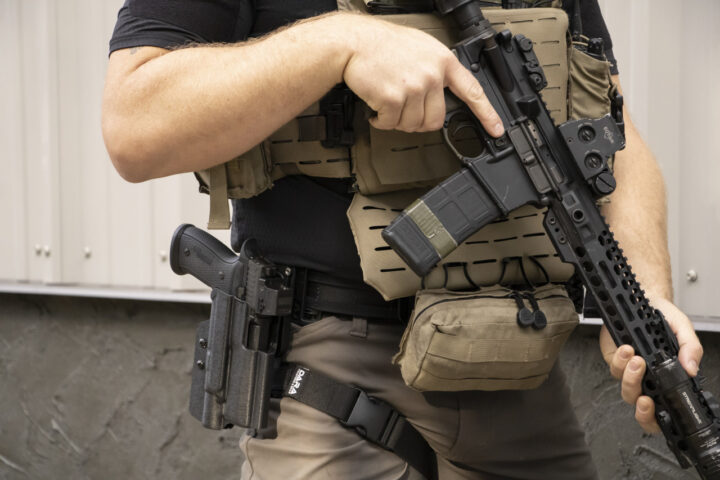

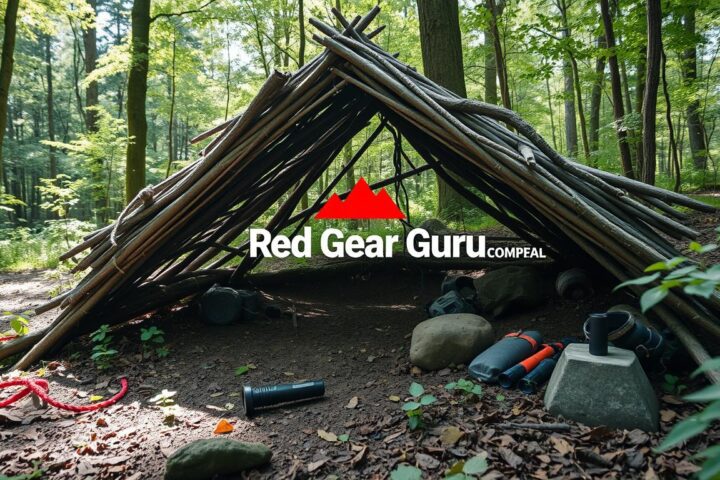
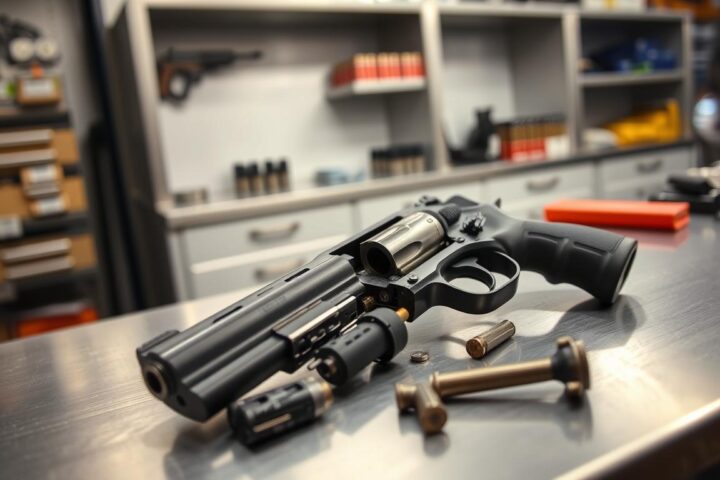
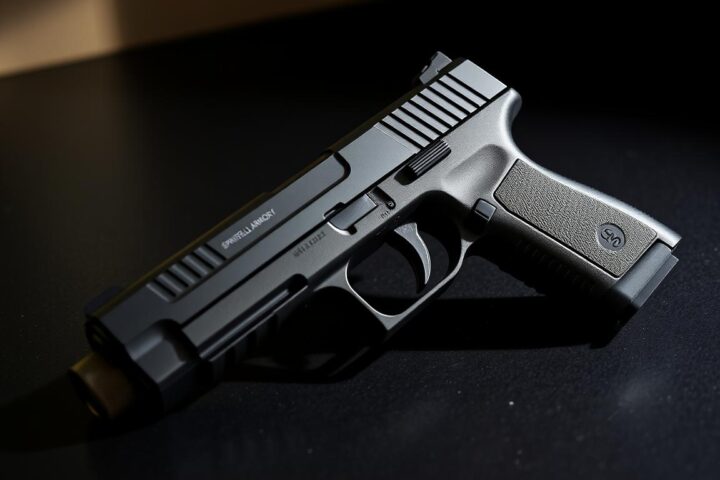
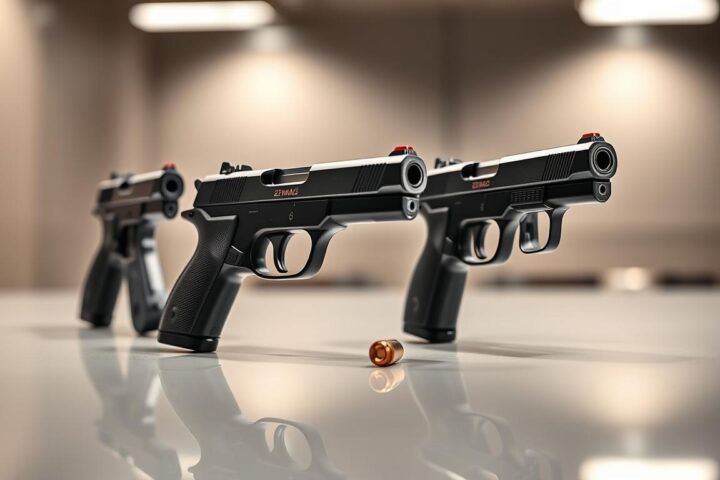
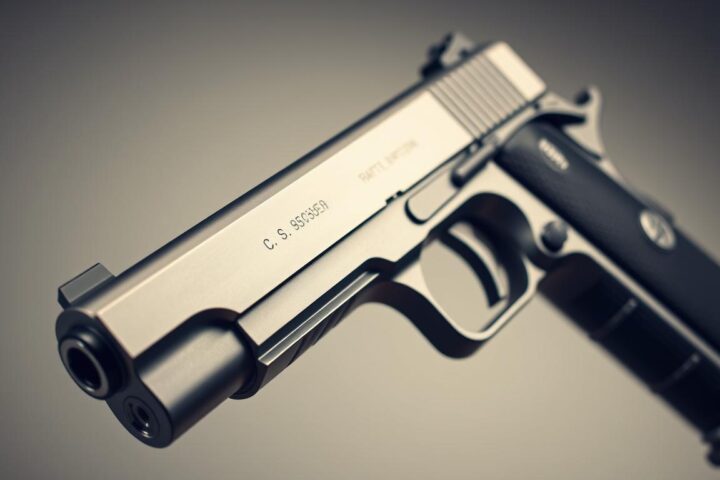

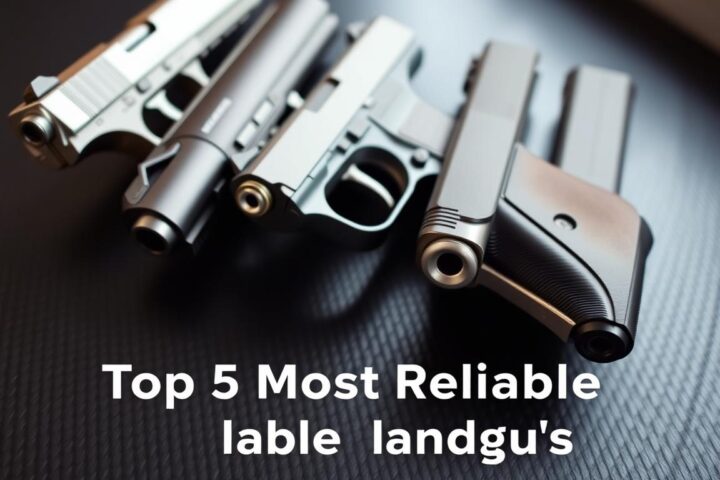
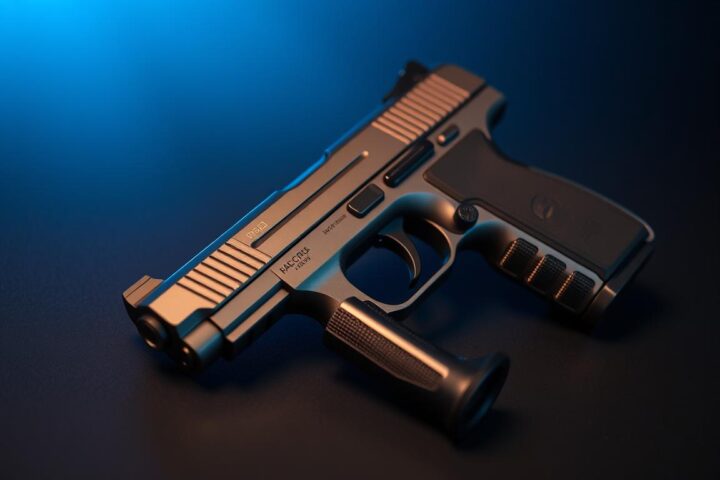
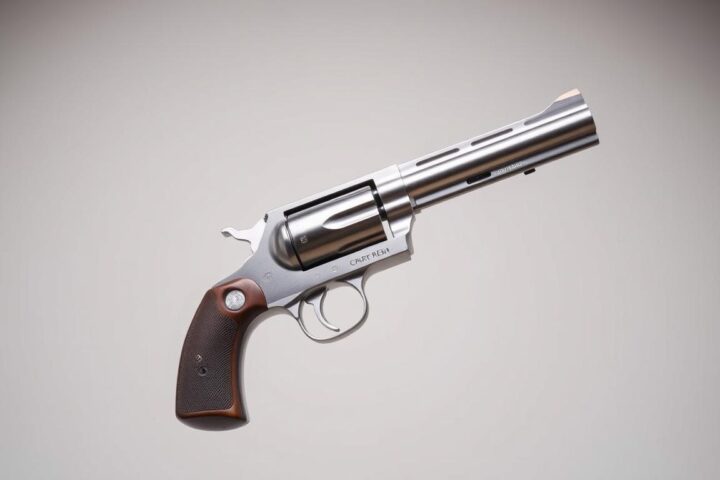
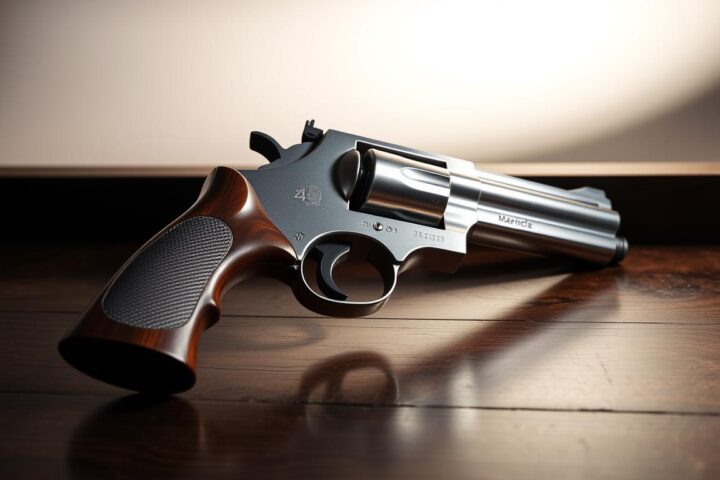
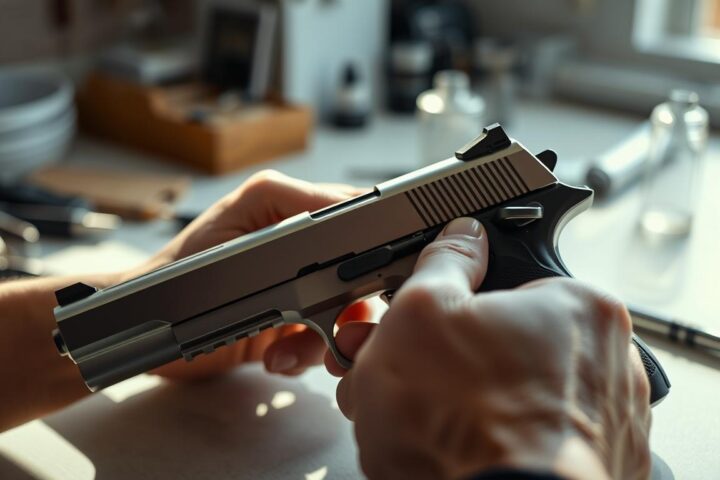


It?¦s actually a nice and helpful piece of information. I am satisfied that you simply shared this helpful info with us. Please stay us up to date like this. Thanks for sharing.
exmkjm